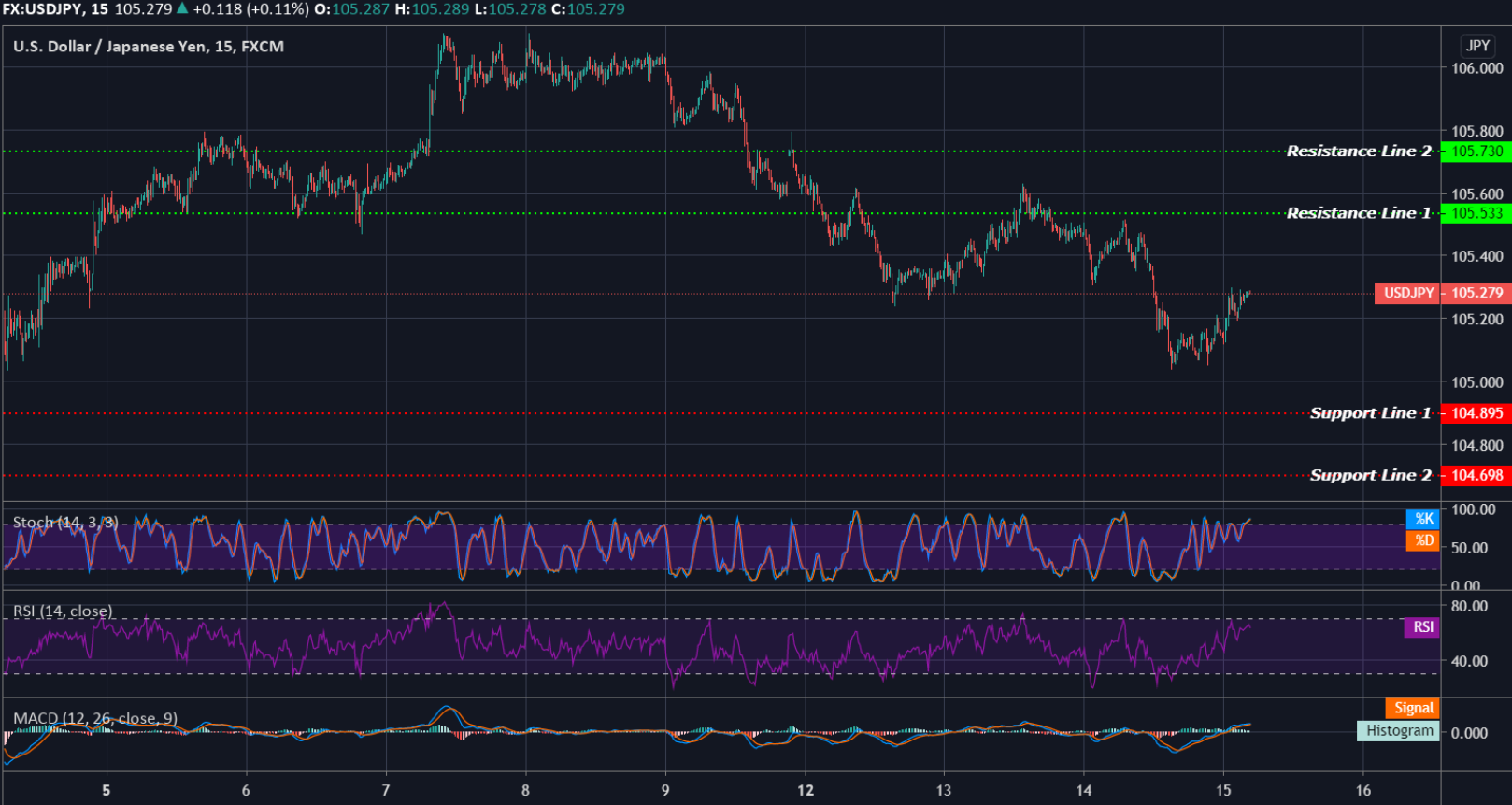EQUITIES
Asia-Pacific markets mixed on Asian afternoon trade. Hang Seng index in Hong Kong led the loss among in the region with -1.28%. The South Korea’s KOSPI slipped -0.90%, while Japan’s Nikkei 225 declined -0.64% and Singapore’s Straits Times index moved -0.80% lower.
Meanwhile, shares in Australia edged higher, with the S&P/ASX 200 gaining 0.70%, while the Shanghai composite up 0.10%.
Overnight on Wall Street, major indexes retreated. The Dow Jones Industrial Average fell 0.58%, the S&P 500 lost 0.66% and the Nasdaq Composite dropped 0.8%.
OIL
A weaker dollar supported oil prices. Oil prices edged higher in the morning of Asian trading hours. Brent crude futures traded to $43.37 a barrel, while U.S. crude at $41.11.
On Tuesday, adding to 2% gains overnight, Brent closed at $43.32 per barrel, while WTI futures ended at $41.09 per barrel.
CURRENCIES
The U.S. dollar index, which measures the greenback against a basket of six major currencies, fell 0.15%, after pulling its best day in three weeks on Tuesday. Last sat 93.40.
The Australian dollar slid to a one-week low of $0.712 on Thursday morning after dovish comments from the central bank governor that suggest another rate cut is possible. Across the Tasman Sea, the New Zealand dollar edged higher against its U.S. counterpart at 0.6646.
GOLD
Gold gained 1% on Wednesday, rebounding from a sharp decline in the previous session, boosted by a weaker U.S. dollar and economic uncertainties.
Spot gold currently trading at $1,896.00 per ounce, while stands around $1,900.20 per ounce for gold futures. Previously closed at $1,901.20 and $1,907.30, respectively.
Silver trading at $24.11, platinum trading at $853.00 and palladium trading at $2,245.00.
ECONOMIC OUTLOOK
Asian markets were off to a mixed start on Thursday as global equity markets remained cautious on waning hopes a COVID-19 vaccine and hopes of U.S. fiscal stimulus before the presidential election faded and a record number of new coronavirus infections in parts of Europe worries investors.
U.S. Treasury Secretary Steven Mnuchin comments Wednesday that a stimulus deal was unlikely be made before the Nov. 3.
Australia’s unemployment rate rose to 6.9% in September.
Tensions between Beijing and Washington remain in view as the U.S. State Department has submitted a proposal for the Trump administration to add China's Ant Group to a trade blacklist.
To date, number of confirmed worldwide cases for COVID-19 pandemic has surpassed 38.426 million affecting 213 countries and territories around the world and 2 international conveyances, recording more than 1.091 million fatality globally.
TECHNICAL OUTLOOK
[USDJPY]
Important Levels to Watch for Today:
- Resistance line of 105.533 and 105.730.
- Support line of 104.895 and 104.698.
Commentary/ Reason:
- The safe-haven yen stood at 105.27 per dollar in early trade.
- Overnight, the yen gained 0.4% to hit a near two-week high of 105.11 against the dollar, as investors moved to safe-haven.
- The yen strengthened on the outlook for additional fiscal stimulus from the Japanese government. The Nikkei reported Wednesday that Japanese Prime Minister Suga, as soon as next month, instructed his administration to come up with stimulus measures to boost consumption in tourism and the eatery business that has been slammed by the pandemic.
- Apart from that, a rising COVID-19 cases and fading hopes and progress towards a U.S. stimulus deal also unnerved investors.















